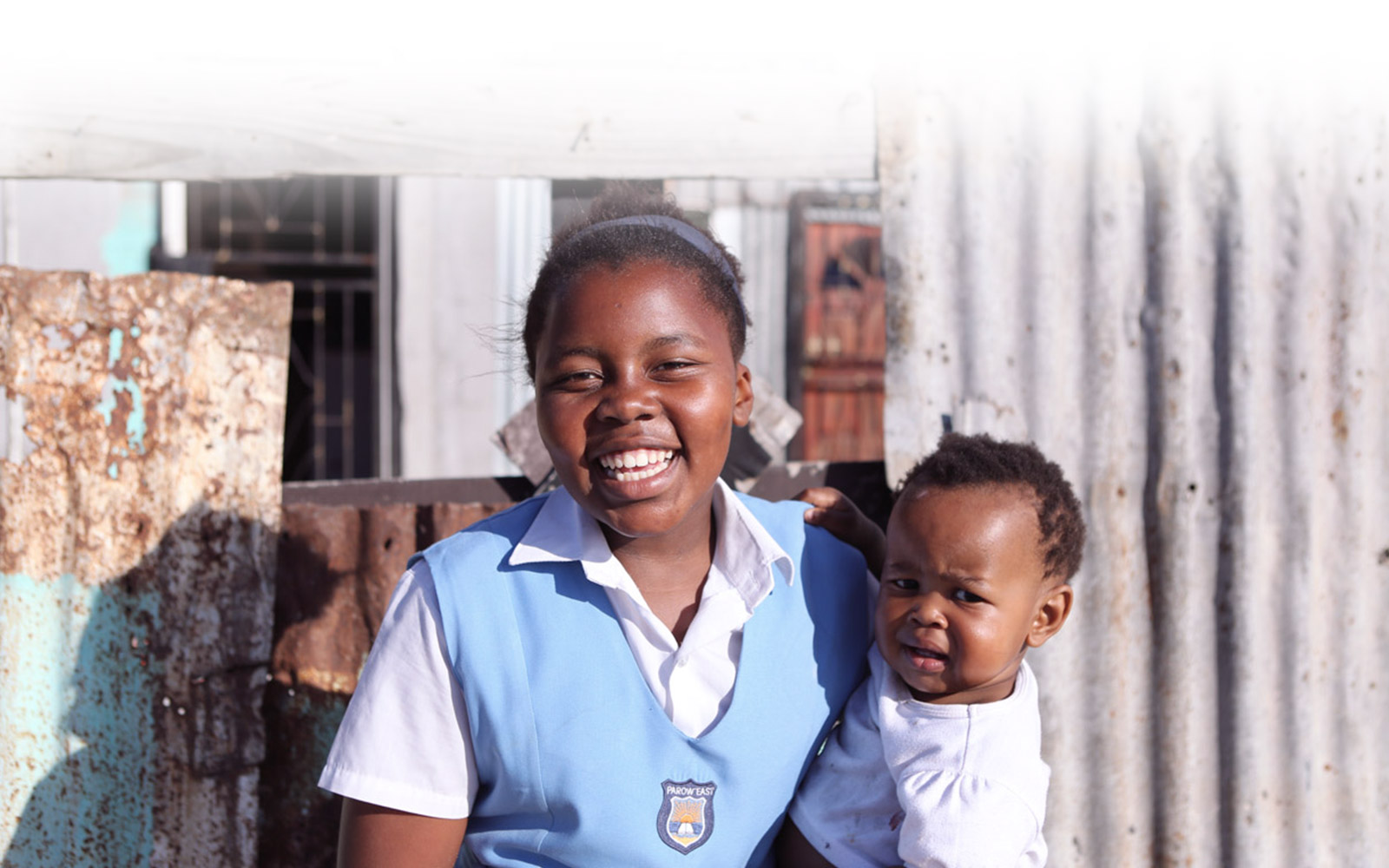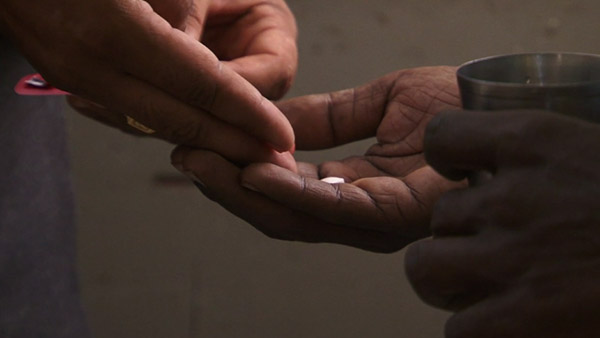Inadequate Treatment
Today’s TB medicines are inadequate to tackle the TB pandemic. New treatments that are faster, simpler, and affordable are urgently needed.
Today’s Drugs
Today's TB treatments take too long to cure, are too complicated to administer, and can be toxic. Many people have negative interactions between commonly used antiretrovirals and TB treatment. People with TB must take drugs from 6 months to 2 years or longer—or risk developing more difficult to treat drug-resistant TB. Today, treatment for drug-resistant TB can take up to two years, and is so complex, expensive, and toxic that many patients are unable to access treatment. Further, the cost of curing MDR-TB can be staggering — literally thousands of times as expensive as that of regular treatment in some regions — posing a significant challenge to governments, health systems, and other payers. Of those who do, almost half will die. The recent regulatory approval of a new treatment regimen has the potential to reduce the length, cost, and side effects of treatment for some of the worst forms of TB.
The Grim Facts of Today's TB Therapy
Today's TB therapies place undue burden on patients and health care systems. The pandemic can't be overcome without improved cures.
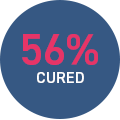
Only about half the people with MDR-TB around the world are successfully cured.

TB treatment is lengthy and burdensome to patients and treatment providers alike.
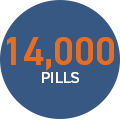
MDR-TB treatment can consist of more than 14,000 pills, plus daily injections for six months.
TB Treatment: From Bad to Worse
TB must be treated with a combination of drugs to prevent the development of resistance. But when treatment is erratic or incomplete, the disease quickly becomes more difficult to treat. Here’s what it looks like:
TB
Current treatment for drug-sensitive TB consists of 4 medicines (known as first-line drugs which consist of HRZE) and is administered for a period of 4 to 9 months. While the regimen is effective when taken as prescribed, many people with TB struggle to take their medication daily over the long treatment period.

MDR-TB
If patients are not cured, and their disease becomes resistant, they then must take second-line drugs. These drugs are administered when first-line drugs fail. Treatment for MDR-TB is commonly administered for 2 years or longer and involves daily injections for six months. Many second-line drugs are toxic and have severe side effects. However, the complexity and prohibitive cost of MDR-TB treatment means that few of the world's MDR-TB patients receive proper treatment.

XDR-TB
If treatment for MDR-TB fails, a person can develop XDR-TB. Treatment for XDR-TB is even lengthier, more complex, and more expensive. In resource-limited settings, XDR-TB is extremely difficult, and at times impossible to treat— and can be a death sentence. The most recent drug-resistance surveillance data issued by the WHO estimates that an average of almost 6% of MDR-TB cases are XDR-TB. Estimating the incidence of XDR-TB is extremely difficult because most laboratories are ill-equipped to detect and diagnose it; it is thought that the majority of XDR-TB cases go undocumented. Breakthroughs like the new drug, pretomanid and the BPaL regimen to treat XDR-TB will hopefully lead to significant improvement of the global TB landscape.
Side effects
There can be side effects to any medication, and TB treatment is no exception. Generally, side effects are more serious in second-line treatment compared to first-line treatment. Some of the most common side effects of treatment for drug-resistant TB include hearing loss, depression or psychosis, and kidney impairment. However, even first-line drugs cause side effects including gastrointestinal issues, rash, and drug-induced hepatitis. Simpler and safer TB treatments with fewer side effects are urgently needed.
Test and Treat: The Challenges of Diagnosis
Drug-susceptibility testing (DST) should be a mainstay of TB care and treatment. People with TB should understand their disease, and what treatment to take to ensure a cure. DST plays a crucial role in improving the management of people with TB, facilitating drug development and rational use of new TB drug regimens, and better understanding the epidemiology of the epidemic. TB Alliance is working with partners to ensure companion diagnostics and DST is developed alongside tomorrow’s regimens.
PHOTO: A mobile diagnostics lab helps doctors in Mbeya, Tanzania reach patients who might otherwise not make it to a regular clinic for help.
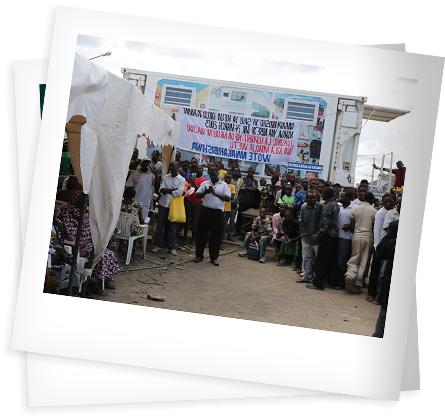
Our Pipeline
To overcome treatment challenges, TB Alliance is developing the largest pipeline of new TB drugs in history.
View the portfolio